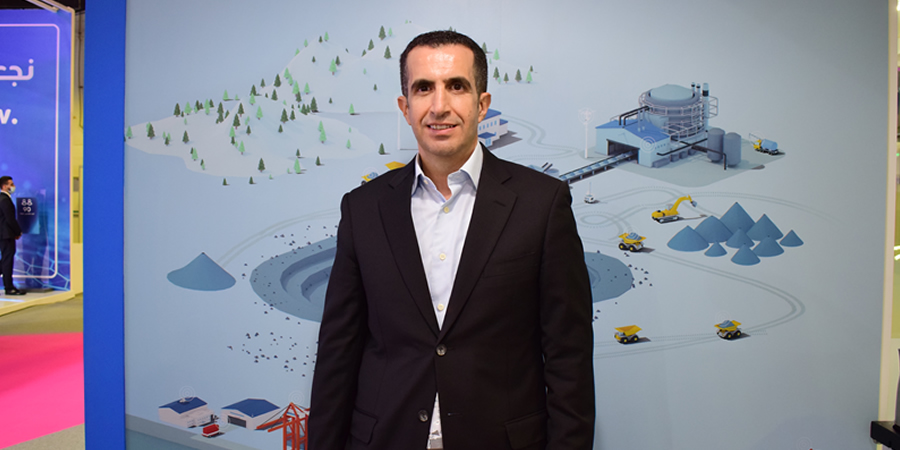As advances in technologies like artificial intelligence and IoT are ushering in a new age of automation and machines are beginning to outperform humans, researchers and innovators are beginning to demonstrate its potential impact on global industries.
Dr. Muneer Zuhdi, Head of Consulting at Nokia Bell Labs, delivered a key presentation on “the role of AI in industrial automation and value creation” at the 40th edition of GITEX Technology Week held at Dubai World Trade Center.
Telecom Review managed to secure an interview with Dr. Muneer to discuss his demonstration in more detail and to find out more about Nokia’s exciting partnership with NASA to bring a 4G network to the moon.
What solutions has Nokia launched in 2020 to better serve customers and tackle the challenges of COVID-19?
One of the solutions that Nokia has launched that helps in the fight against COVID-19 is one that we are showcasing here at GITEX – the Nokia Automated Analytics Solution.
It is an automated, zero-touch elevated temperature detection solution designed to help spot potential COVID-19 infections in facilities with thousands of people. It streamlines and fully automates the process of identifying people with elevated temperatures and confirms mask compliance, in large environments with multiple accesses.
At the same time, if anybody is showing a higher-than-usual temperature, it will send an alarm accordingly. So it can help can automate the whole process and make it as seamless and efficient as possible.
You delivered a presentation on the first day of GITEX about the role of AI in industrial automation and value creation. Can you give us a brief outline of the message you were trying to convey?
I talked about how physical industries, like mining, port and transport, are lagging behind in terms of the adoption of ICT technology. This is reflected in the productivity numbers which are low in these industries.
COVID-19 has placed a spotlight on the importance of digital transformation for every single industry, especially those physical industries. The value that can be created in terms of improved productivity, improved efficiency, improved safety, and eliminating accidents, is becoming very evident. At the same time, it can improve customer experience and build a knowledge base for all the information that is required for the operation of each industry.
I explored some of the use cases and applications that can be applied and gave some examples, such as in factories. I highlighted Nokia’s factory in Finland, which was labeled by the World Economic Forum as a fourth industrial revolution lighthouse and factory of the future due to the advanced automation that we have there, relying on a private 5G network.
Finally, I touched on other industries to show the true value of automation, enabled by the myriad of technologies, like AI and Internet of Things. And of course, it will all be powered by 5G.
Can you tell us about any exciting projects Nokia Bell Labs is currently working on?
Well, one exciting project is that Nokia was selected as a partner for NASA. We have been tasked with deploying the first cellular network on the moon by 2022. We are working with them very closely on the development of a 4G network and to transfer it to the moon.
At the same time, we are working with one of our partners on an intuitive machine to integrate the base station for the 4G with their lunar lander. That base station will be communicating to different sensors and terminals and the rovers that will be roaming around and collecting information on the moon. All of this information will be sent back on an EarthLink from the moon. There will be no crew on this and the mission will be entirely unmanned. We want to validate the possibility of operating a cellular network and to remotely operate and maintain that network.
After that, the next step will likely be to send astronauts there by 2024. The ultimate goal for NASA, which is part of the Artemis program, is that by the end of the decade they will have a sustainable long-term human presence on the moon. So if all goes to plan, then the experience and lessons we have learned will be utilized to explore other areas and other planets, possibly including Mars.










